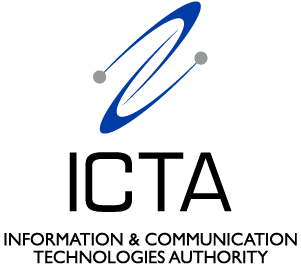3G Implementation
- Home
- 3G Implementation
1. Views of Emtel Ltd
Emtel Ltd. Considers that the Authority should “conduct prior coordination exercise with operators for efficient cohabitation of frequencies and prevention of any interference until the process of re-farming is complete”, and that all operators should be kept informed at all stages of the process.
Emtel Ltd. has proposed that “any current users of 3G frequencies outside the scope of ITU regulations be asked to vacate these frequencies within a period of 3 months”. It has also requested that allocation of frequencies be processed more rapidly by the Authority.
Emtel Ltd. has pointed out that the implementation of any new technology entails high investment and risks for pioneers. It therefore believes that Government should offer incentives such as exemption of customs and other duties on 3G handsets and 3G infrastructure equipment.
Emtel Ltd. feels that the licence fees for spectrum for 3G (SPL2) which is three times higher than that for 2G, is on the higher side. It has proposed that the said fees be, at most, as per SPL1 as heavy investment are required during the first years of deployment of the network.
2. Views of Rawat Group
Rawat Group believes that 3G has been a success in Europe because it satisfies the real need of the consumers i.e. seamless access to multimedia contents. It firmly believes that the key to the success of 3G is the availability of mobile phones to end-users. Rawat Group has requested that all customs duties and VAT be removed on mobile phones, such that the devices become more affordable to end-users and that smuggling and fraudulous import of phones be prevented.
3. Views of Multi Carrier (Mauritius) Ltd (MCML)
The comments made by MCML are not relevant to the issues discussed in the consultation paper released by the Authority. MCML bases the whole of its contribution on the operation of DVB-T in the 790 – 862 MHz. MCML also comments on Electromagnetic and visual pollution at high sites.
